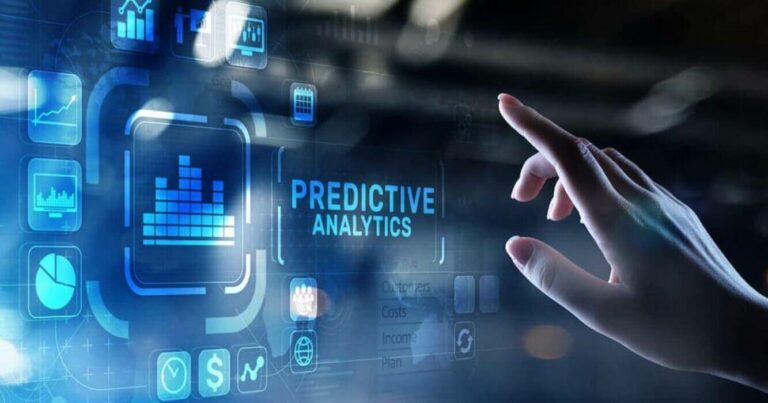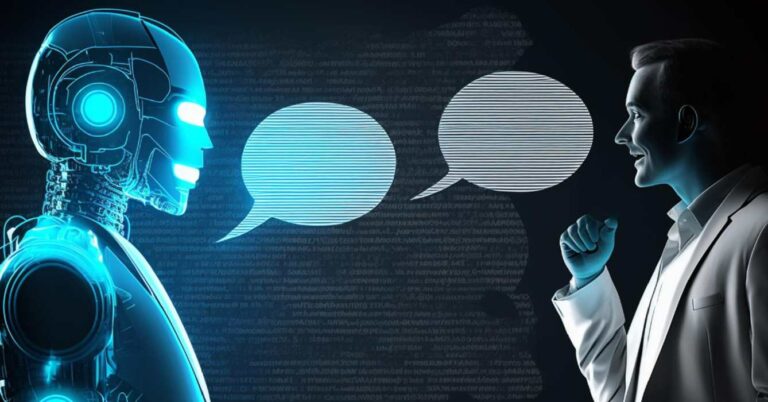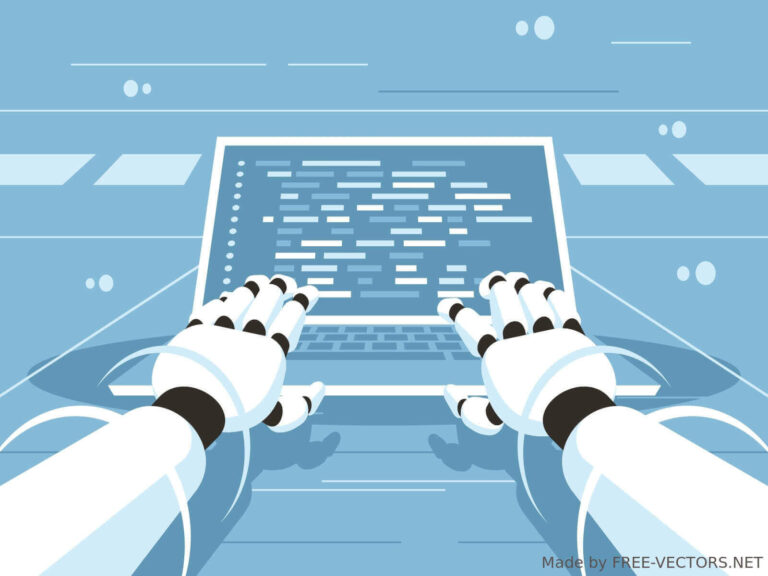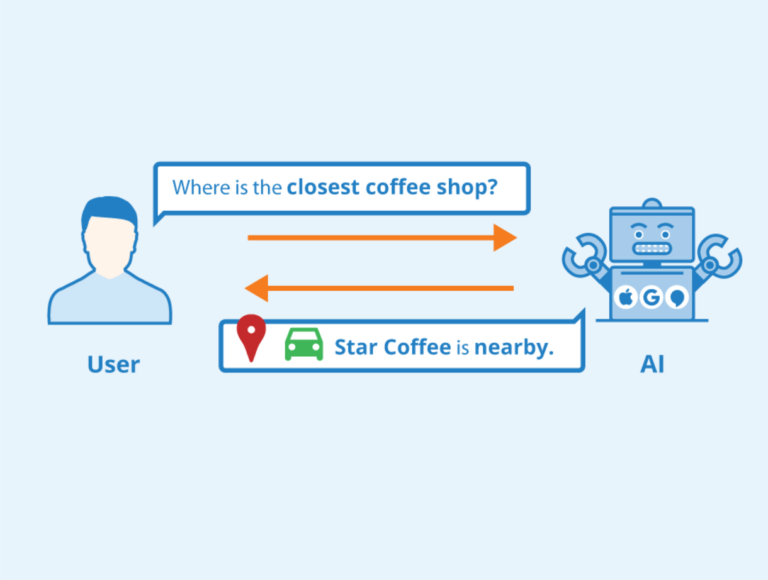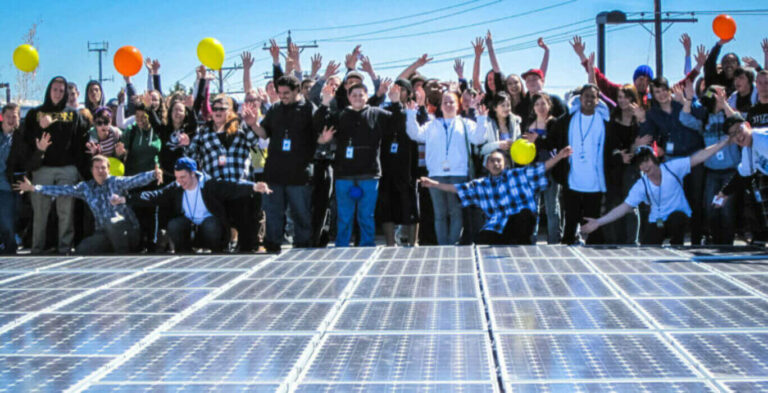Facial Recognition: How it works, Applications, Business ideas & More
Facial recognition technology has many applications and business opportunities, but what are they exactly? Here is a closer look.
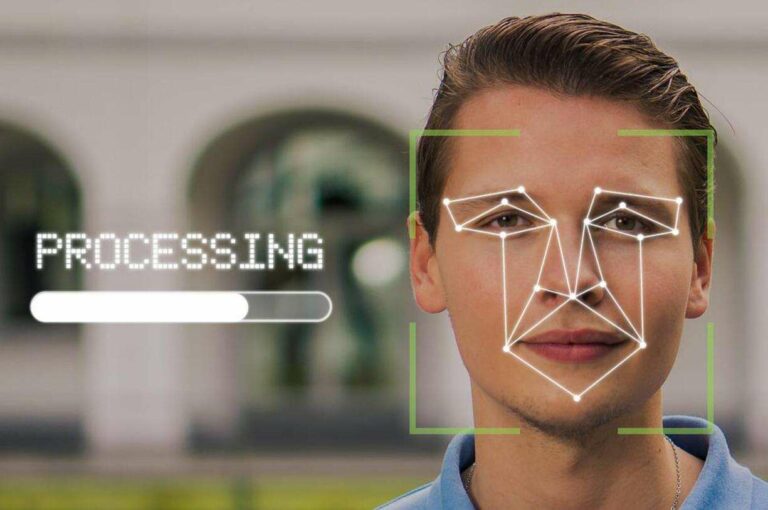
Facial Recognition Technology or FRT is any system you can leverage to identify a human face from a picture or video file.
The software matches the face against a provided database of pictures – in a sense, doing the work that would usually require a human being. However, facial recognition tech is much faster than using humans.
Facial recognition solutions are getting implemented in a variety of applications – from ID verification to robots, domestic, commercial, and government use. Plus, the trend continues to expand.
This blog post discusses the evolving facial recognition technology and industry, including its various applications and potential business ideas for entrepreneurs.
A Short History
The development of facial recognition technologies and related software began in the 1960s. But while those earlier versions required human input to define the coordinates of a face, modern systems can autonomously pick out faces from pictures and even live video streams.
There are many techniques for face recognition systems and they range from the traditional methods of extracting facial landmarks to measuring the distance between the eyes, the nose’s size, ears, and so on. Then, there are AI neural networks, which are used on the most modern platforms to achieve impressive results with up to 97% detection accuracy.
Facial recognition technologies are growing rapidly. For instance, 69 countries adopted AI facial recognition between 2017 and 2019, with 70% of police forces having some form of access, and a $5 billion market valuation in 2021.
How Facial Recognition Works
There are so many different applications of facial recognition technology, and this means different approaches as well. One of the most common uses of FRT however, is identifying people from a picture or security camera.
In such situations, there are 3 basic steps to using facial recognition technology, and they are:
- Capturing the subject’s face – This step can involve capturing images from a security camera or a registration form on a website. The fact here is that you have the image of a person that you need more information about.
- Generating a Faceprint – The facial recognition system now has to analyze up to 80 nodal points on the subject’s face and generate a unique dataset from it called a faceprint.
- Searching & Matching – Finally, the system then searches its database of faceprints to find the closest match, and depending on settings, there could be just one match or a few.
It is worth noting that the above 3-step approach focused on the FRT user. This means there was lots more work performed by the developer to make things this easy.
For instance, the developer first had to develop an algorithm, depending on the type of facial recognition application that he was after. Secondly, he also had to develop the database, as well as pre-populate it with initial photos.
Finally, if the system was employing an AI neural network approach, then the developer will also have to create the AI model and train it first.
Following is a list of the different approaches, algorithms, and methods related to facial recognition technology:
- Traditional Method – The identification of a person using facial features.
- 3D Recognition – Using sensors to capture the shape of human faces.
- Fisher face – A face recognition method that recognizes faces by matching the results from extracted features.
- Eigenfaces – A face recognition method that extracts features and represents them in a linear combination.
- Thermal Cameras – These can detect features that are not visible to standard cameras, such as blood vessels.
- Deep Learning – The application of neural network technology to create algorithms that can detect human faces on their own.
- Facial Emotion Recognition – The analysis of human faces to extract information regarding the owner’s emotional state, such as happiness, smiling, anger, and so on.
- Face Detection – The process of identifying a human face in a picture or video.
- Face Tracking – The ability to detect and track one or more faces in the pictures or videos from a standard camera.
Applications of Facial Recognition Technology
The ability to quickly and easily recognize a face using a software application opens many opportunities, as it can be leveraged to solve many problems. Following are some of its major applications:
- Biometric Security – While FRT is less accurate than fingerprint and eye scans, it is much more convenient because it does not necessarily require close interaction with computers.
- To Help The Blind – FRT can help visually impaired or blind people to recognize people around them, know when they are being smiled at or frowned upon, and more.
- Image Search – Search engines have been offering this service for some time now.
- Smart Homes – AI systems can monitor family members as they come and go, or move around the home to update device settings and preferences, such as their music taste, lighting, room temperature, and so on.
- Healthcare – Some rare genetic diseases can be diagnosed using facial recognition algorithms. These systems screen for specific features on noses, brows, or cheeks.
- Theft Prevention – Facial recognition can be used to identify known shoplifters in a store and alert the security officer in charge. It has also been implemented in china to reduce toilet paper waste, by only releasing 2 feet of toilet paper to the same person twice, after a nine-minute interval.
- Personalized Ads – If a computer-powered ad server can see the face of a viewer and match it to records, then it can serve highly personalized ads to the person.
- Monitor Students – AI can be applied to monitoring students in a variety of ways. For instance, the student has to appear in class and stand before a tablet with an FRT app to get registered for attendance. Teachers can also use FRT and AI through a webcam to track students’ attention during video lectures. This can further provide deep insights and opportunities for more personalized courses and quizzes.
- Public Surveillance – Many cities around the world already have thousands of cameras mounted in all possible corners, streets, and public spaces. By simply hooking them up to a facial recognition system, the platforms can automatically track criminals and other dangerous persons.
- Missing Pets & Children – Asides from criminals and dangerous people, FRT can additionally help authorities to identify missing persons and know their locations through live video monitoring.
- Bank ATM – Most automated teller machines already include a video camera that takes a picture of the customer and confirms it with those on file to prevent fraud and increase security.
- Self-Payment Systems – A lot of ingenious payment solutions that use facial recognition are evolving. Simply scan your face and the order is complete.
- Immigration – Airports and customs checkpoints around the world are also employing facial recognition to streamline operations.
- Attendance Tracking – An app like Churchix helps pastors to identify and track member attendance, either live in person or through video.
Privacy Issues & Security Hacks
It is obvious that facial recognition technology also comes with some headaches, as does every technology. Here are its major issues:
- Data Ownership – Governments and commercial interests collect pictures and videos of faces, but the big question remains “who owns those face data”? Does a corporation have the right to own a man’s face?
- Mistaken Identity – FRT is not 100% efficient, so there will always be issues of mistaken identity. The problem, however, is how the authorities choose to handle these issues of mistaken identity. For instance, 35% of facial recognition errors occur with women of color, in contrast to only 1% for white males.
- Privacy Rights – Most video and online surveillance are done without the individual’s consent, leading to serious government policy and privacy rights debates in many jurisdictions.
- Hacks – Facial recognition technology is not immune to hacks. Image manipulation software and deepfake apps make it easy to bypass facial recognition applications, and this raises many questions.
Top Facial Recognition Apps
You will find many useful smartphone apps that employ facial recognition technology to varying levels. Here are some:
- Snapchat – Detects the human face and overlay’s it with their so-called filters.
- Facebook – Automatically recognizes the people in uploaded pictures.
- Face ID/Unlock – FRT for unlocking smartphones. It is called Face ID on iPhones, and Face Unlock on Android.
- Nestor – Online learning system that monitors the student’s attention.
- SelfiePay – Make payments by simply taking a selfie.
- Faceapp – Play with faces on Android or the iPhone.
- Face2Gene – Medical tool for genetic matching.
- Luxand – Facial recognition platform for Android and iOS developers.
- FaceDNATest – DNA face matching.
- Railer – Mobile attendance and shift management app.
- FaceFirst – Facial recognition security system for hospitals, casinos, retailers, airports, and more.
- Mojipop – Animated cartoon stickers and avatars using your face.
Top Facial Recognition Technology Vendors
Facial recognition technology vendors are corporations that offer FRT-related services and software to developers or commercial users. These are mature companies with proven products and the popular ones are as follows:
- BioID – Liveness detection and facial recognition as a service.
- Amazon Rekognition – Pre-trained models to extract information from photos and videos, including detailed facial information, emotion, comparison, glasses, etc.
- Luxand – Facial recognition platform for Android and iOS developers.
- Cognitec – Biometric technology provider.
- Paravision – Highly accurate vision AI software.
- FaceFirst – Facial recognition security system for hospitals, casinos, retailers, airports, and more.
- Sky Biometry – Cloud-based biometrics as-a-service.
- Kairos – Face recognition cloud API.
- Trueface – Fast, accurate, and resilient face recognition AI.
Top Facial Recognition Startups
There are understandably tons of facial recognition technology startups with one aim or the other. Many fail and new ones come on board each year, but the industry keeps growing.
Here are some of the interesting ones:
- Spot – Computer vision for retail management.
- RefaceAI – Face Swapping AI.
- Kandu AI – Computer vision for retail.
- Facesoft – Multi-use FRT database.
- Appolo AI – Sales intelligence.
- FacePinPoint – Online reputation management.
- Facenition – Retail analytics.
Conclusion
We have come to the end of this facial recognition post, and as you have seen, the industry is vibrant, expanding, and full of promises for the future.
You have also seen all the different offers out there, from developer platforms to business tools and services that you too can utilize to get ahead of your competition.
